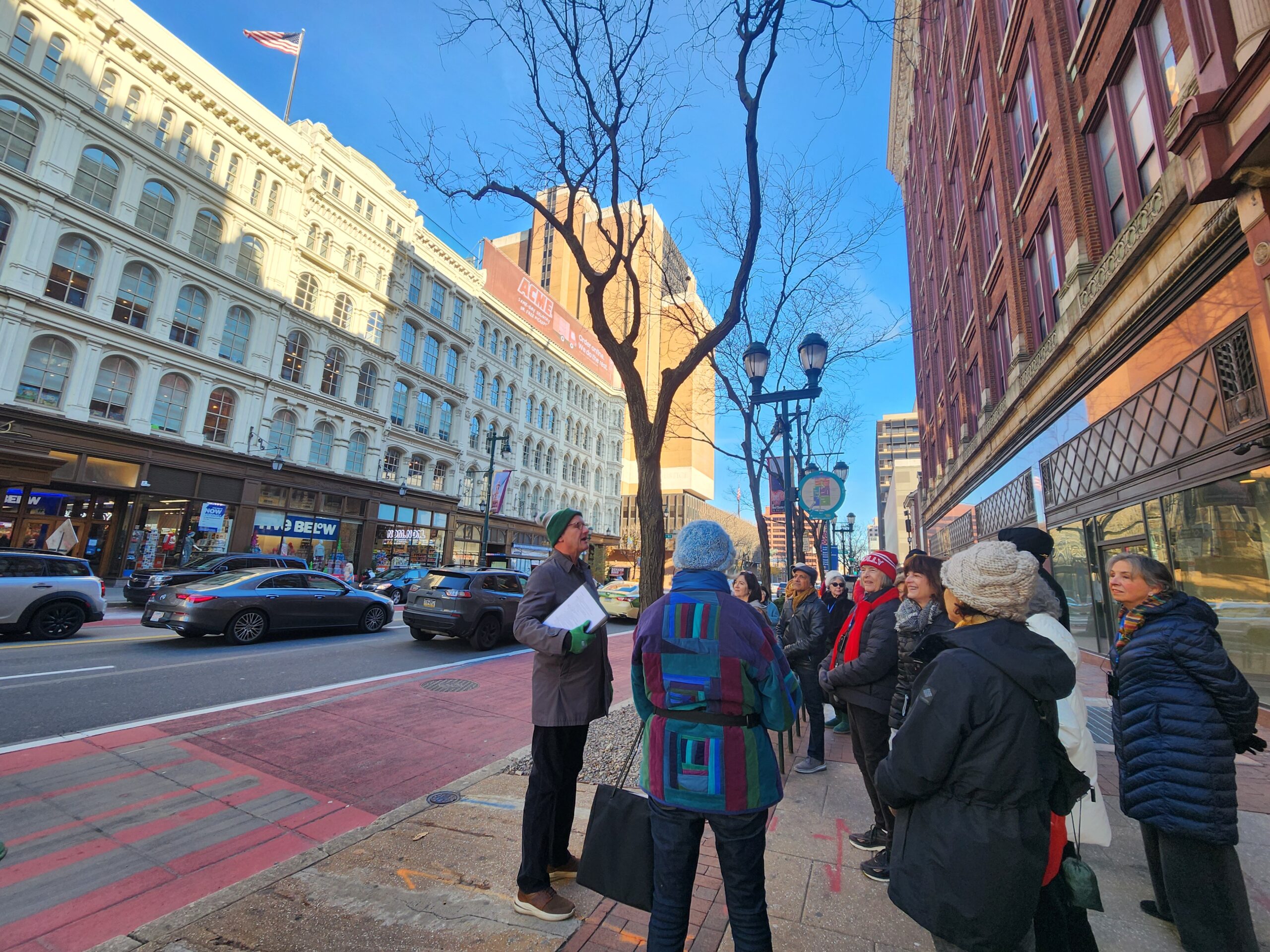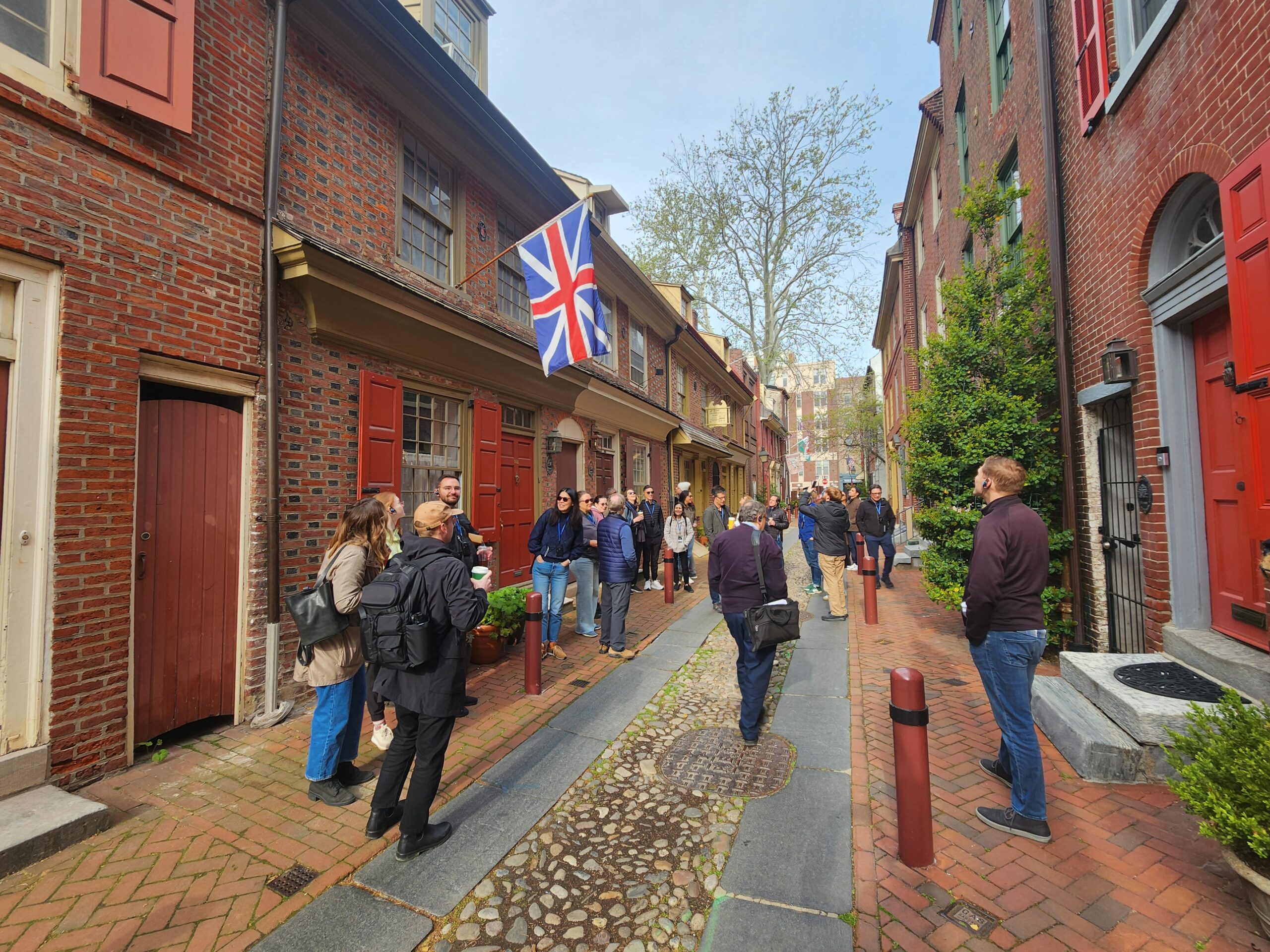Upcoming Neighborhood Walking Tours
Golden Age of Retail
Gimbels Thanksgiving Day Parade…Strawbridge & Clothier’s Corinthian Room Restaurant…Blum’s window displays…Wanamaker’s Light Show and Rocket Express… Revisit the enchantment and resplendence of downtown, brick-and-mortar retail on this special holiday tour
Gimbels Thanksgiving Day Parade…Strawbridge & Clothier’s Corinthian Room Restaurant…Blum’s window displays…Wanamaker’s Light Show and Rocket Express…
Revisit the enchantment and resplendence of downtown, brick-and-mortar retail on this special holiday tour. Executive Director of the Preservation Alliance and honorary tour guide Paul Steinke will share the architectural history of Philadelphia’s central commercial district and recount the tricks of the trade that the city’s visionary merchants once used to generate goodwill and foot traffic during the holiday shopping season.
While Philadelphia’s original “Big Five” department stores had all closed their doors by 2006, their legacy lives on in countless memories and traditions passed down from generation to generation. Learn the history of the rise and fall of Philadelphia’s great department and specialty stores, and see how Center City retail continues to adapt to new consumer demands. If you were ever one to meet at the eagle or rub the boar’s nose, be sure to join us for this guided walk along Market and Chestnut Streets, and a trip down memory lane.
Meet at the corner of 6th and Market Streets under the building overhang outside of La Colombe Coffee. 100 S Independence Mall W #110, Philadelphia, PA 19106 (map)
Note : This tour will end at 1310 Drury Street (McGillin’s Olde Ale House). Stay for a drink at this iconic tavern.

